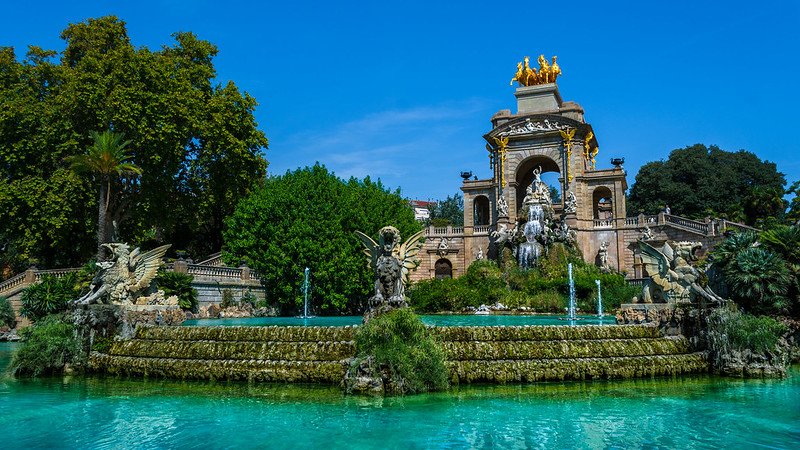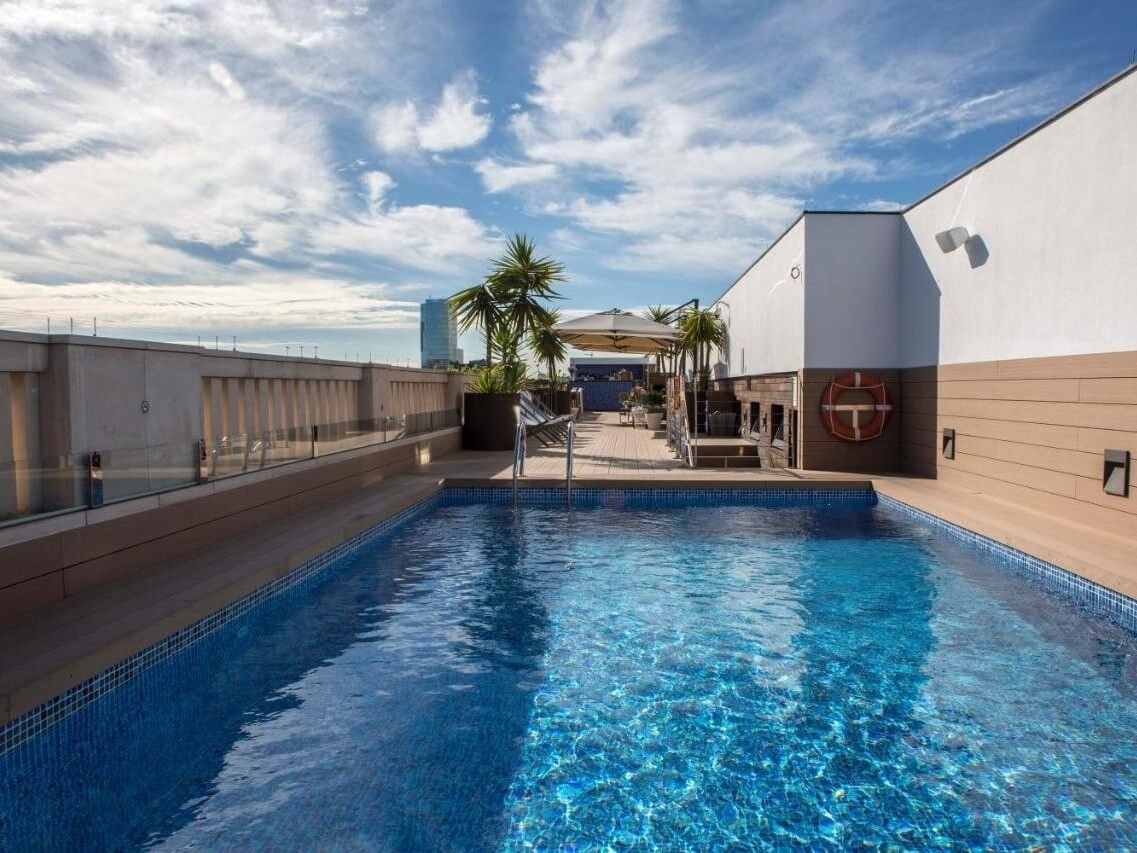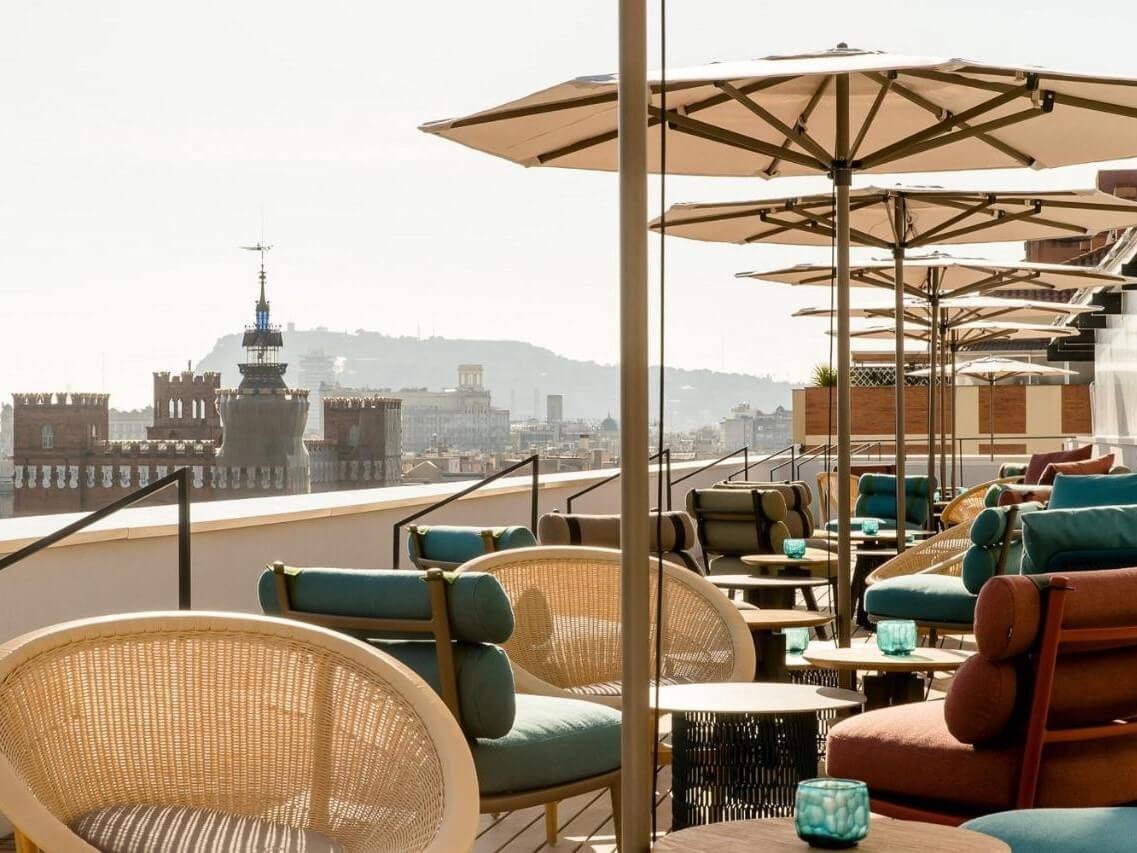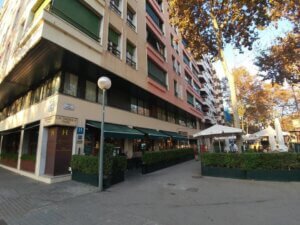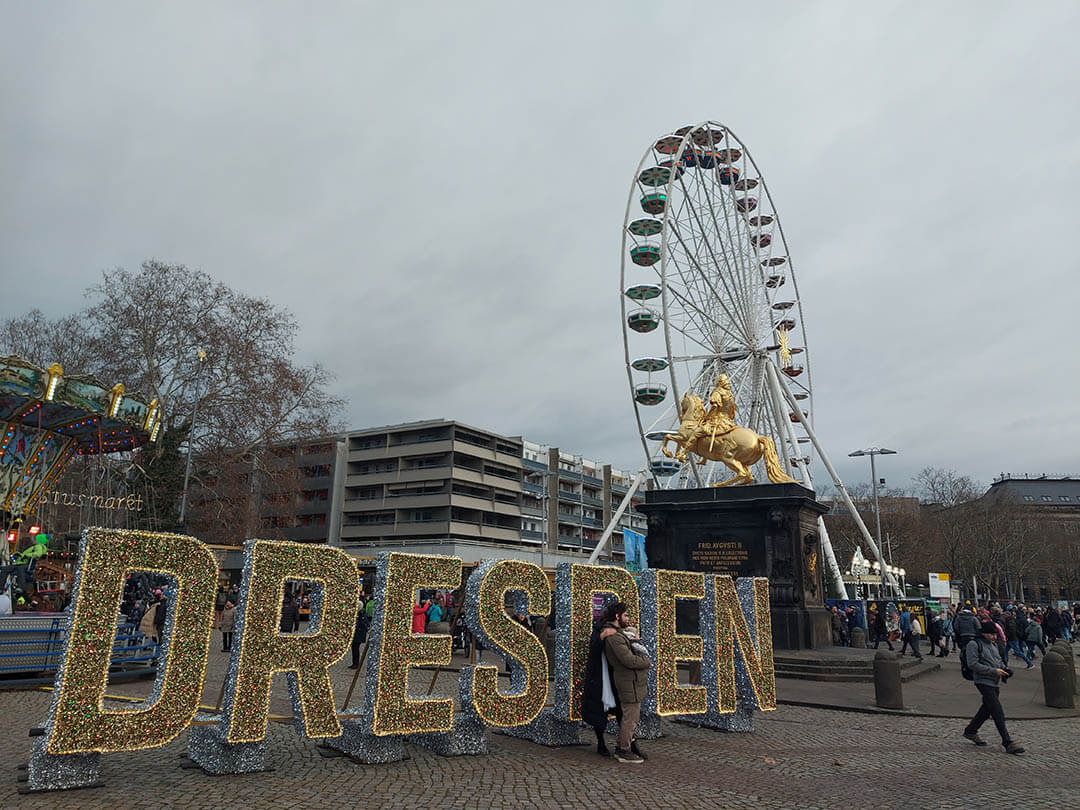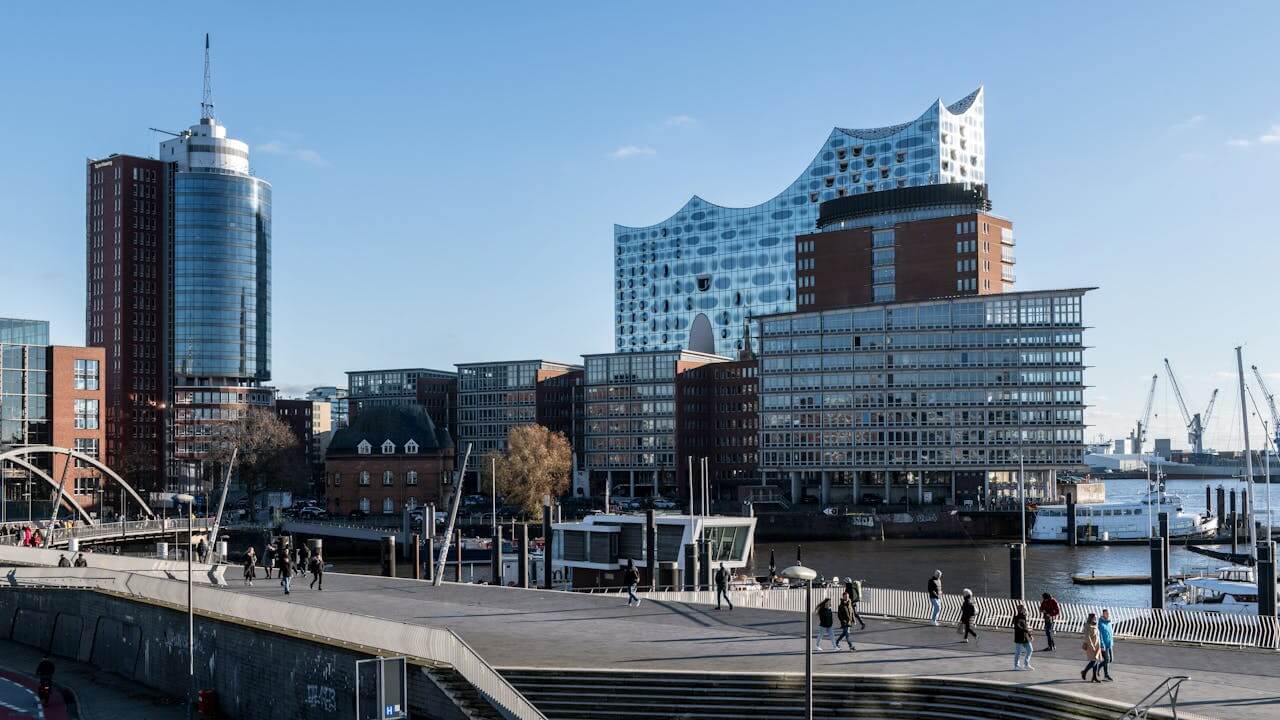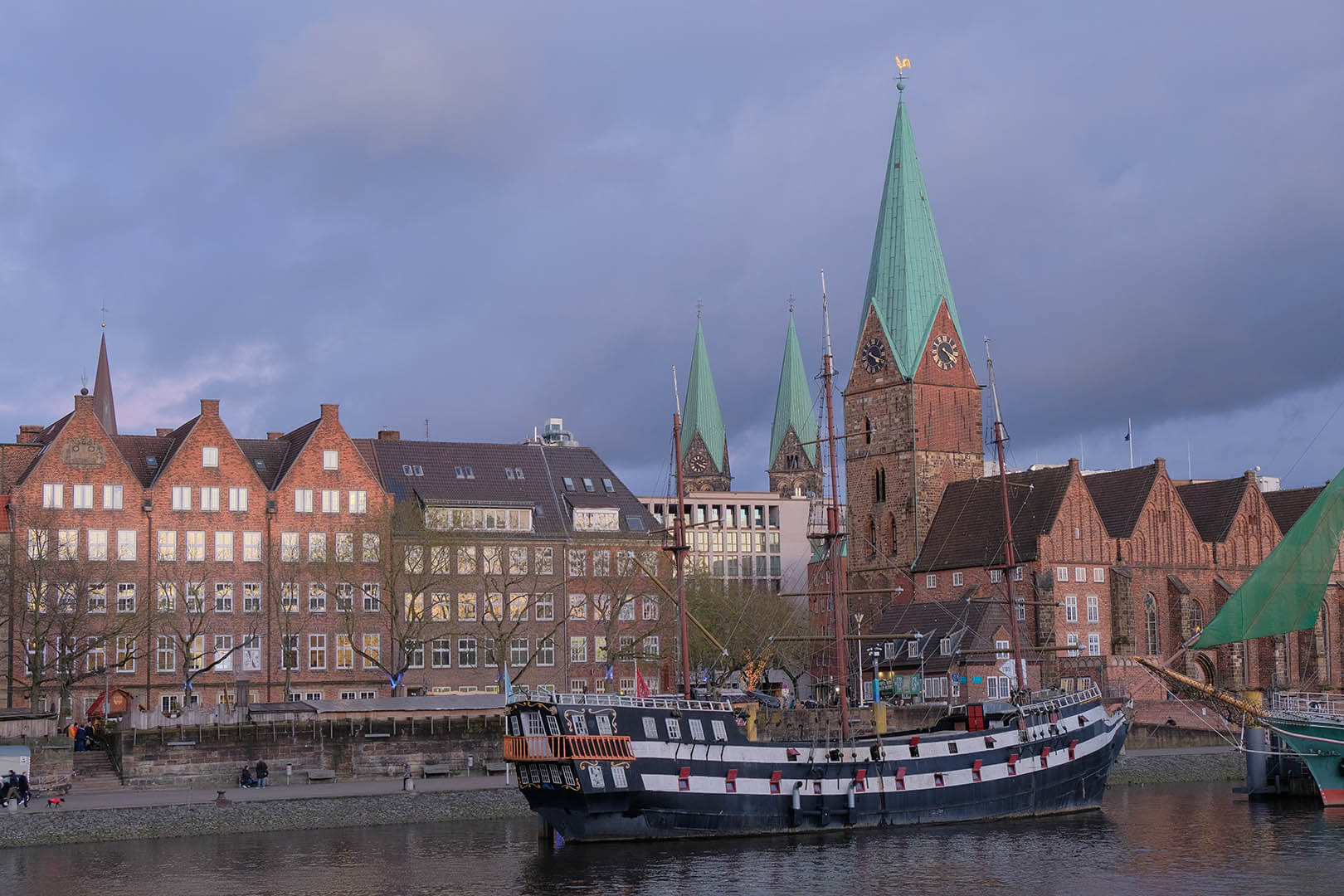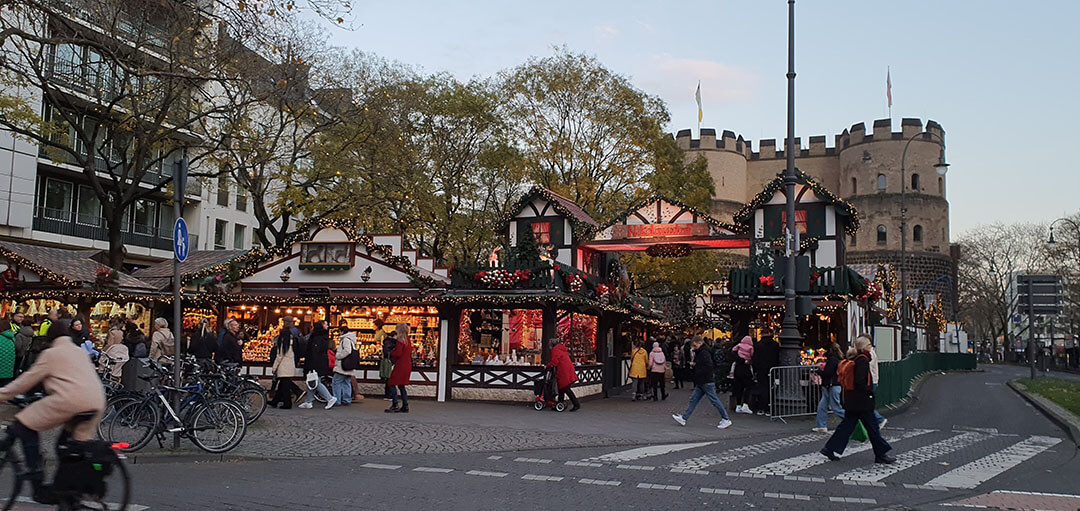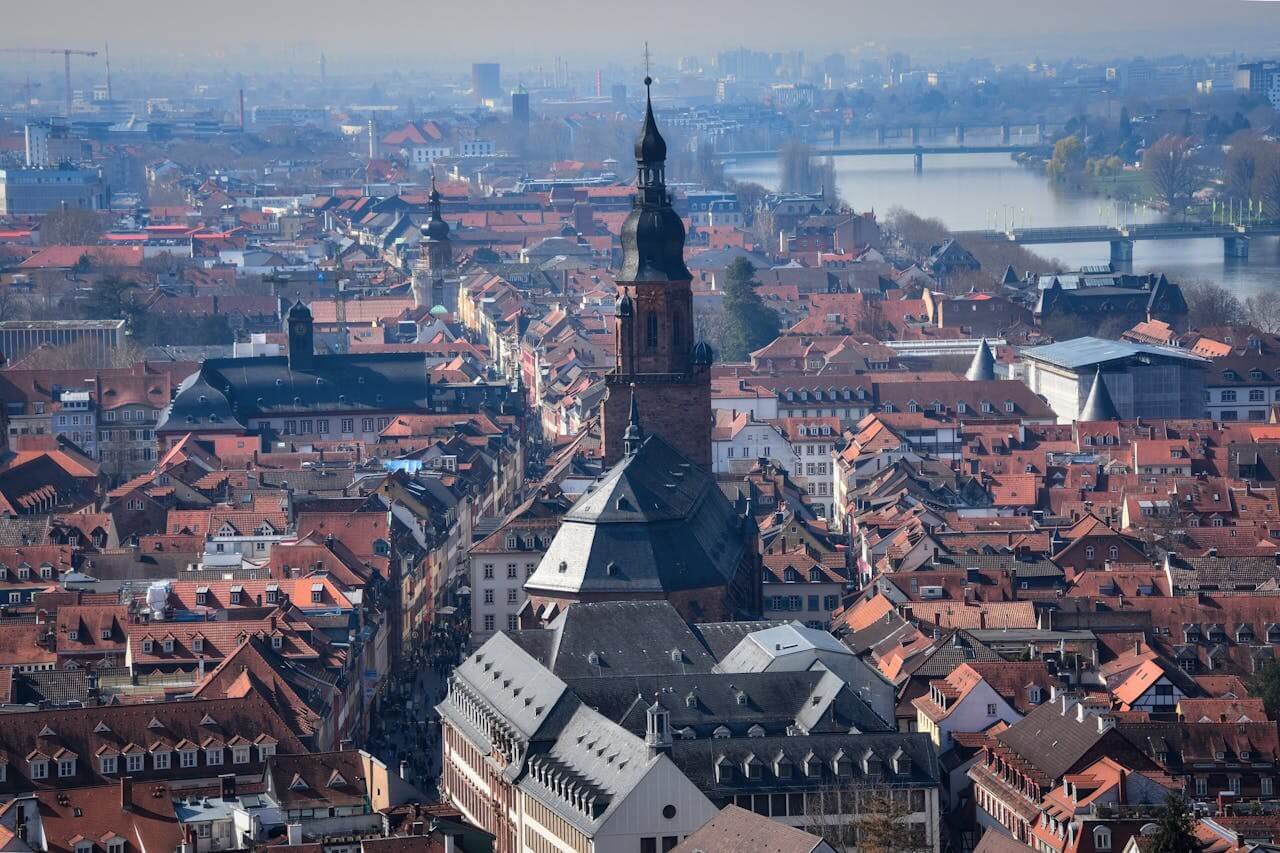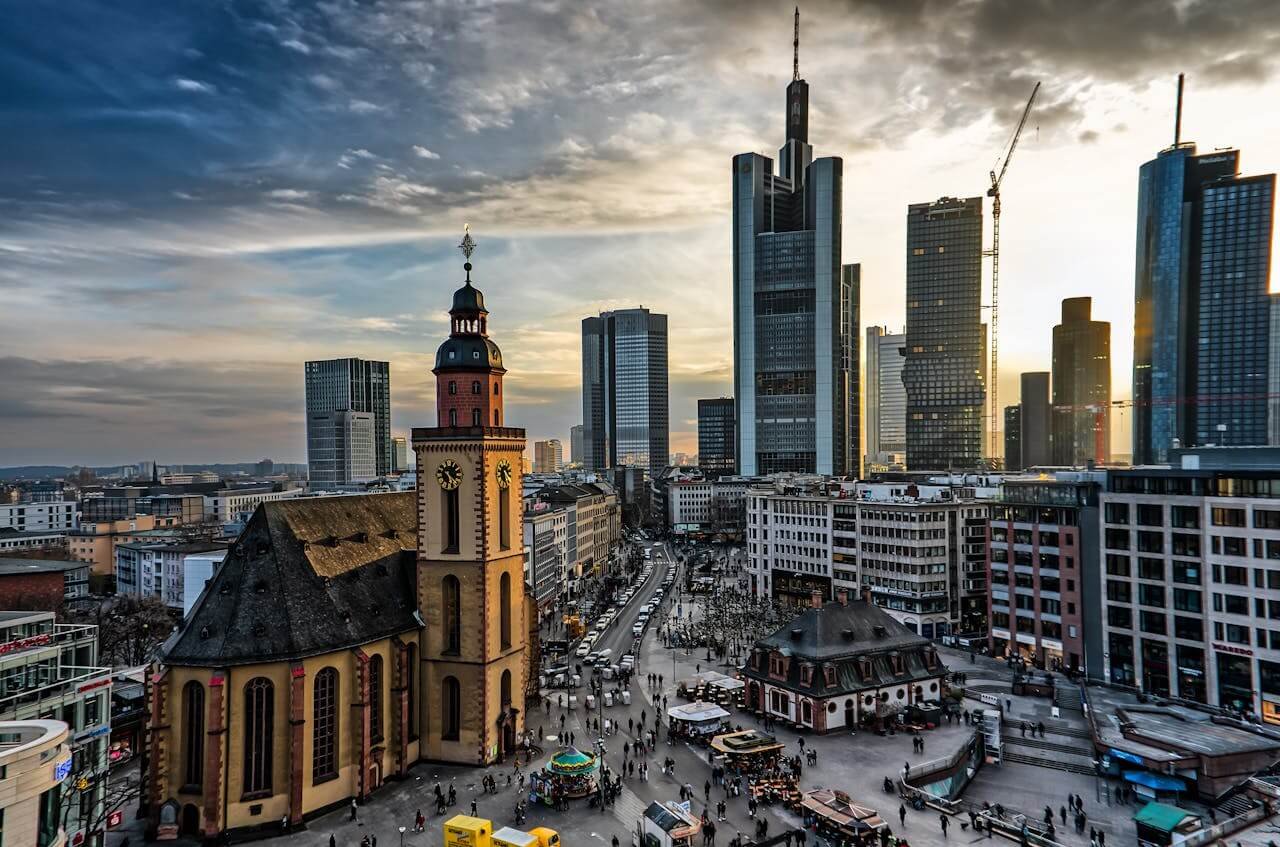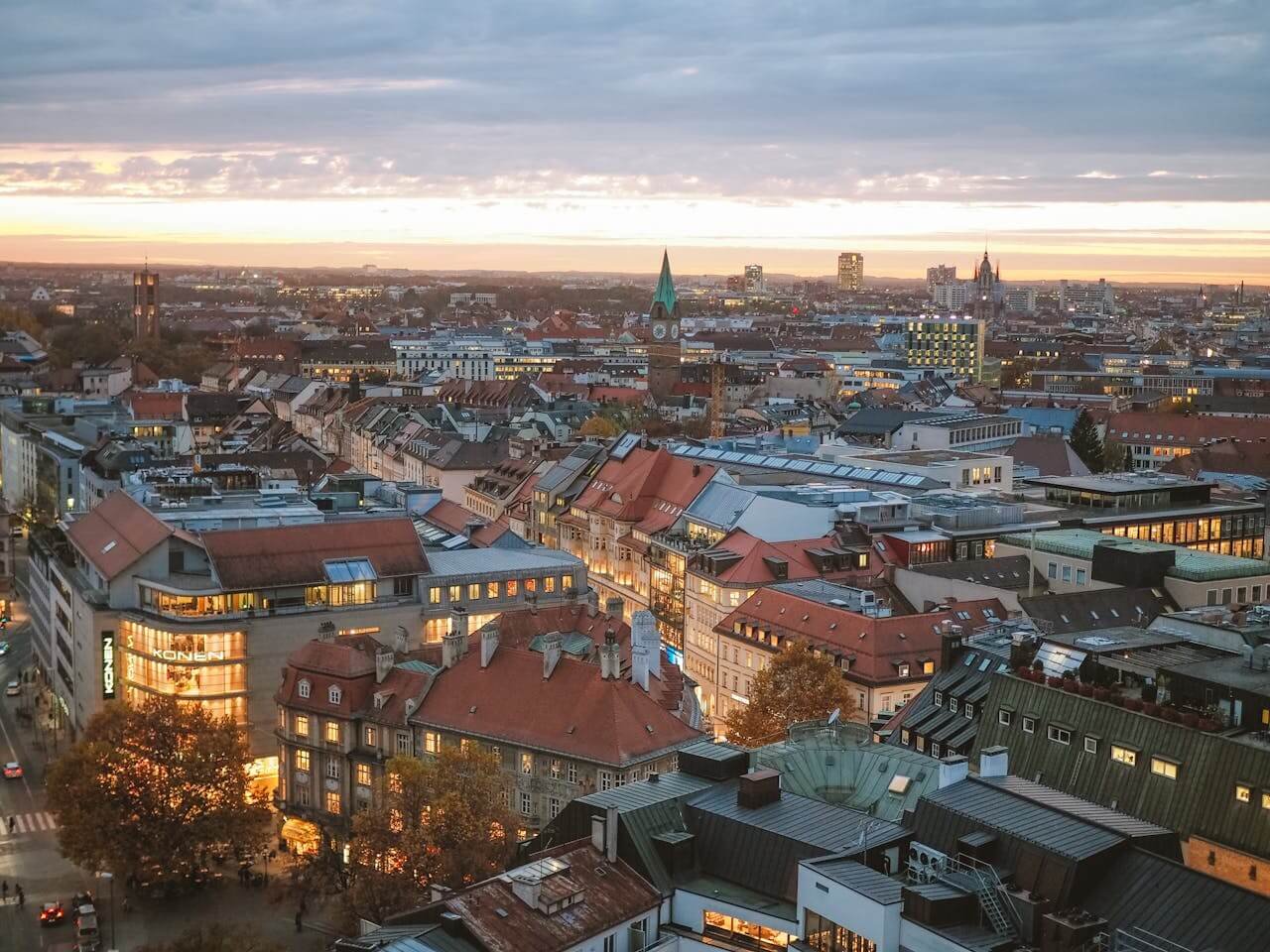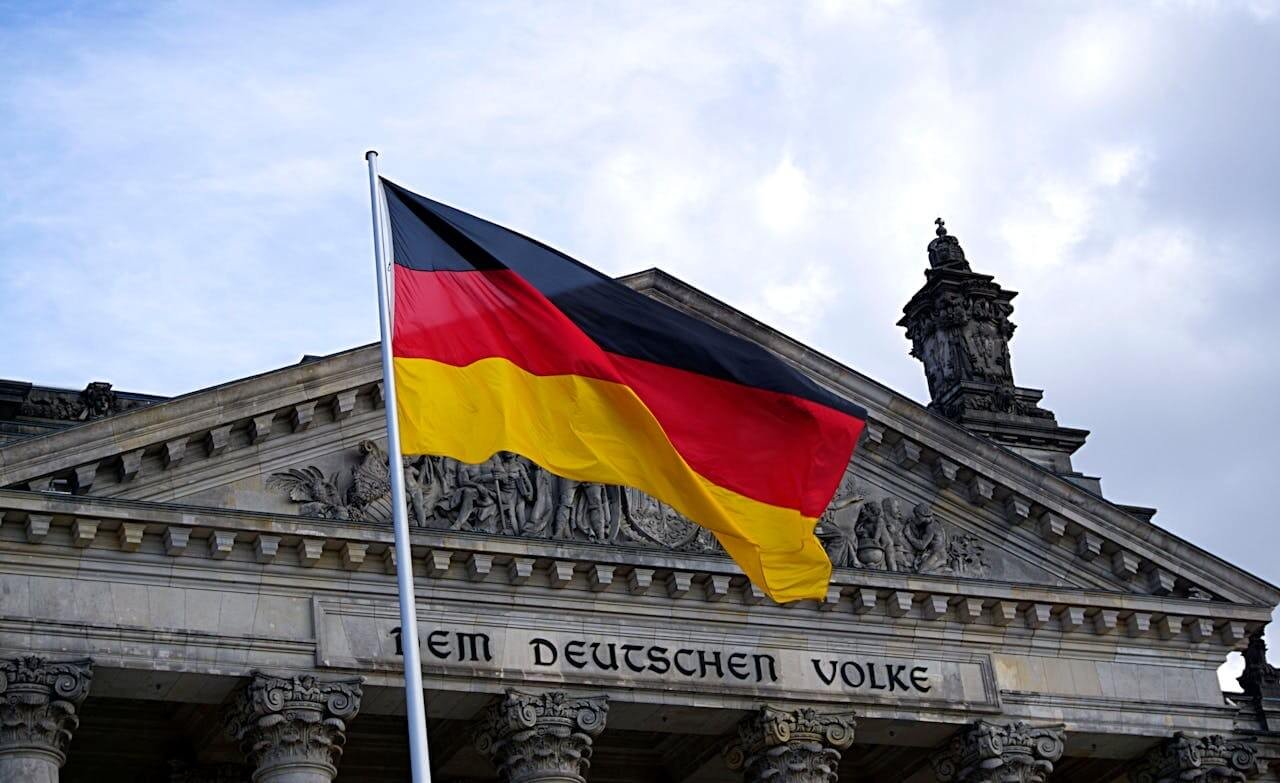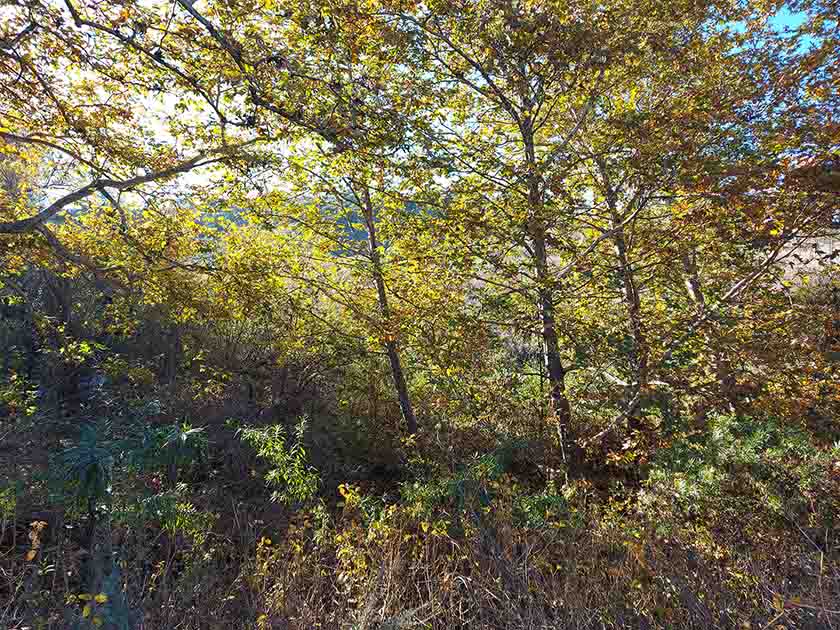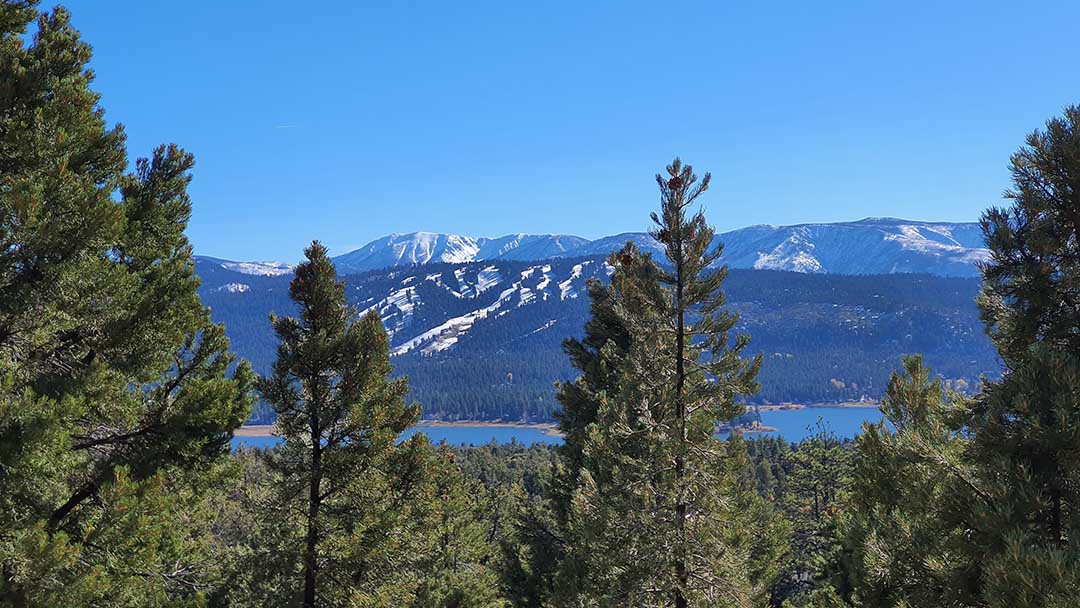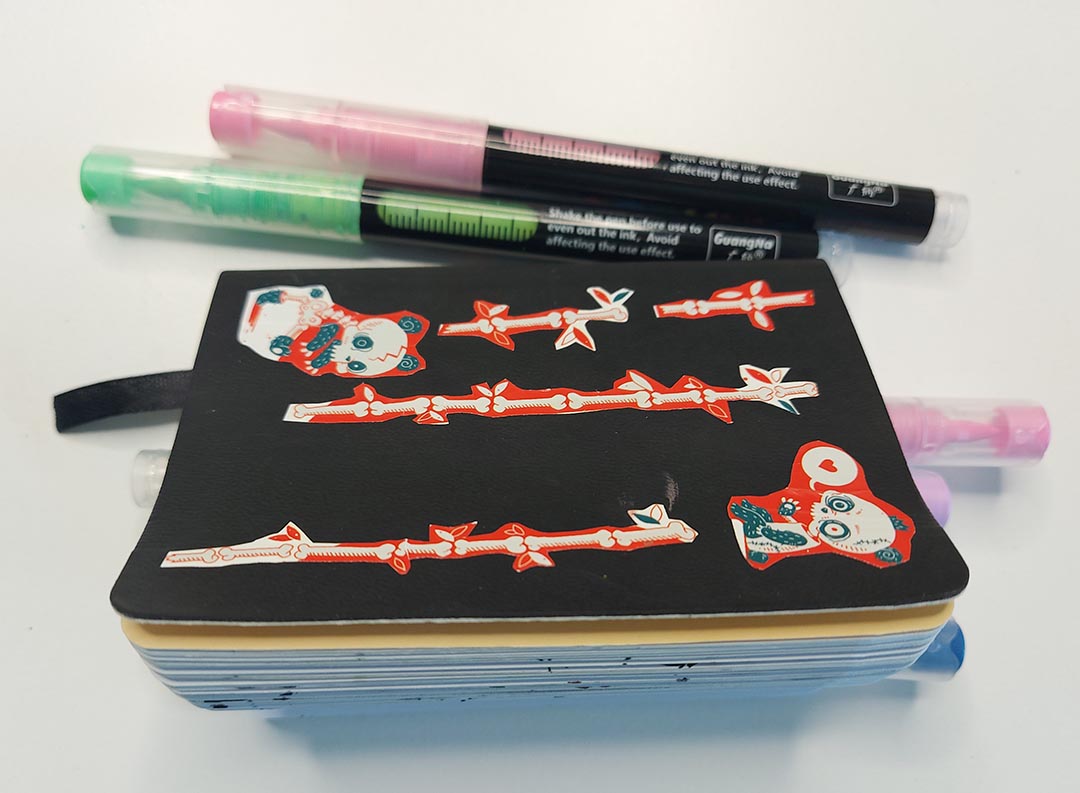Citadel park in Barcelona was founded at the end of the 19th century and for a long time remained the only green area in Barcelona. Today it is an excellent place for sports, relaxation and walking. There are several museums, an artificial pond, a zoo, and the Parliament of Catalonia
The Catalan Parliament sits in the building of the Arsenal, the former fortress. It is no coincidence that the park is called the Citadel. The citadel was built by the Spanish king Philip V of Bourbon, who came to power as a result of a bloody war for Spanish inheritance. He hated the Catalans so much that in 1714 he built a citadel. And directed the cannons towards residential areas, in order to keep the civilian population in fear and completely obey to Madrid.
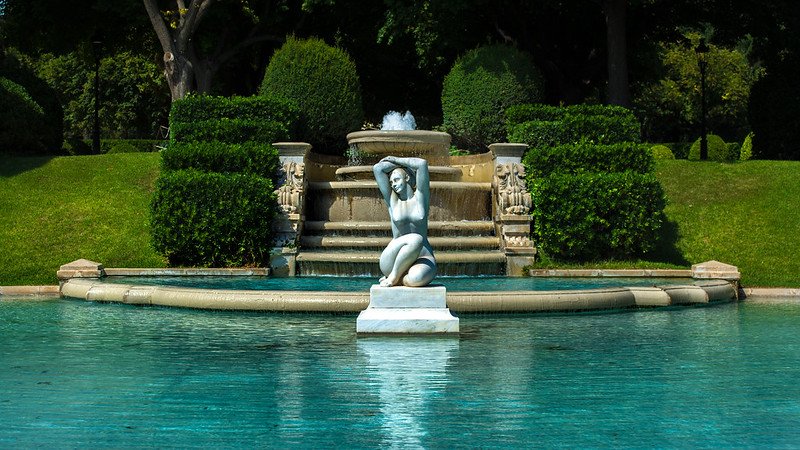
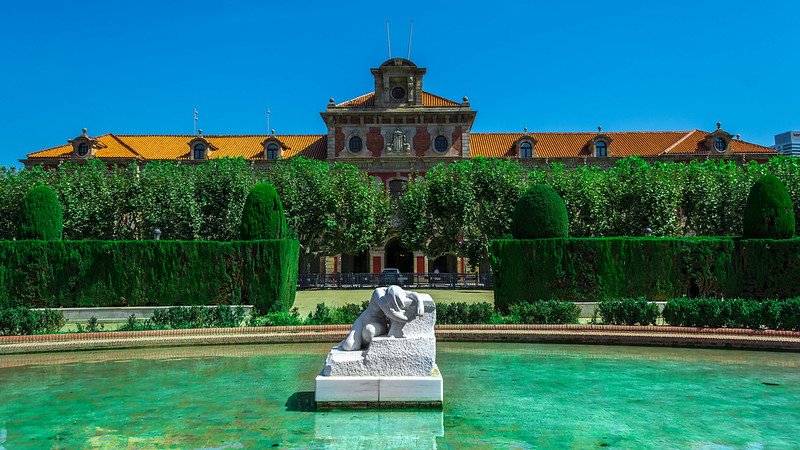
The fortress stood for 500 years. In the middle of the 19th century the royal court ordered it to be demolished. Catalans were so happy with this news that they themselves dismantled the citadel into bricks.
It was decided to hold the 1888 World’s Fair on the site of the Citadel. Pavilions had been built here, sculptures, lanterns and a majestic fountain had been placed. Sources tell that Antonio Gaudi was involved in its construction. The entrance to the Barcelona Citadel park is free.
How to get to Barcelona Citadel park?
By metro (L1) station Arch de Triumph, then by walk pass the arch and head for the car-free Passeig de Lluis Companys. Or keep it simple and find best route on google maps.
What places should you visit near Citadel park?
Barcelona Zoo
The zoo of Barcelona located in Citadel park, it was opened in 1892. First animals were donated by Lluís Martí i Codolar to the municipality. Now the zoo has one of the most significant collections of animals in Europe. One of the most popular zoo residents between 1966-2003 was Snowflake the rare albino gorilla who interacted with zoo visitors. Great place to visit with kids. Also if you love to sketch, take a challenge to capture animals in your sketchbook. Plan your visit here.

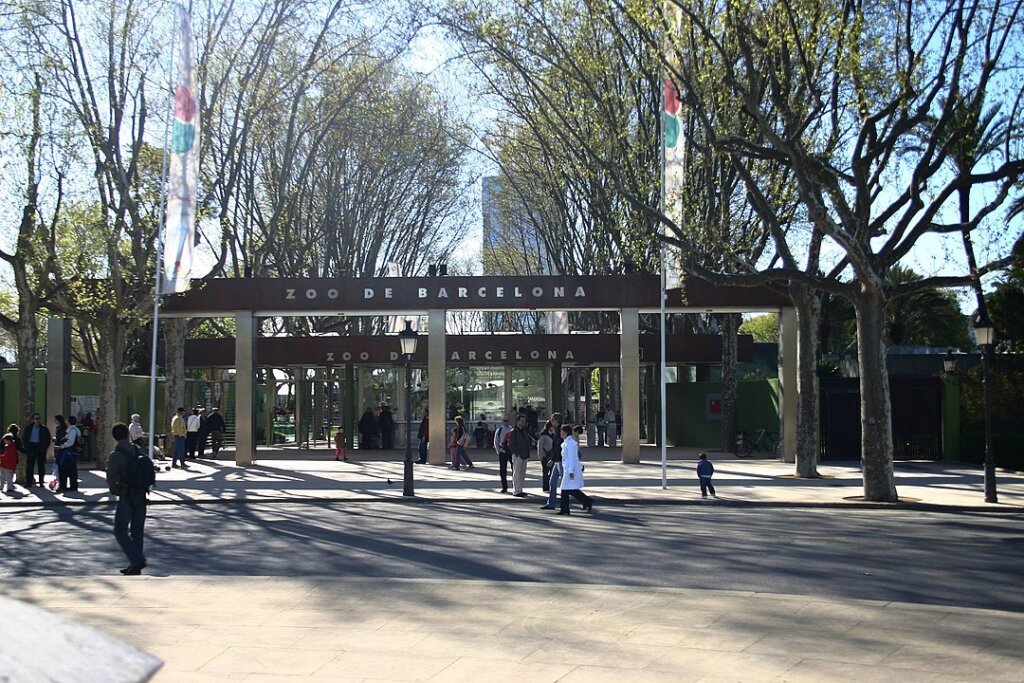
Arch of Triumph
The arch of Triumph was built in 1888 for the Universal exhibition by architect Josep Vilaseca i Casanovas. Architectural style of the arch was Neo-Mudejar (mixture of gothic, islamic and romanesque styles). Neo-Mudejar style makes it quite unique among other arcs of triumph in Europe. On the front facade frieze located sculpture “Barcelona welcomes the nations” on the opposite side located the early work of Josep Liumona “Reward”. On both sides of the arch located the work of Antoni Vilanova “Allegories of Agriculture and Industry”, and the work of Torquato Tasso “Trade and Art”. On the two pillars of the arch bats carved in stone, that was the emblem of the king Jaume I. By the way, the arch is a perfect spot for sketching! So if you like to sketch architecture keep it in mind.
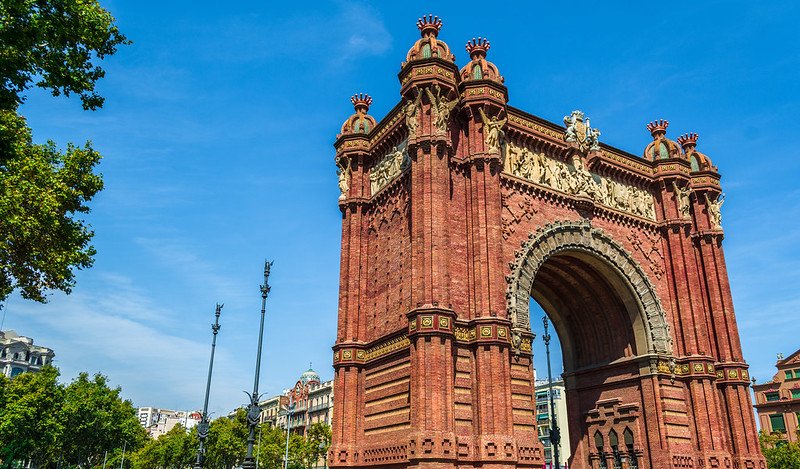
If you want to discover more places in Barcelona read my post about Gothic Quarter and Montjuic Mountain.

